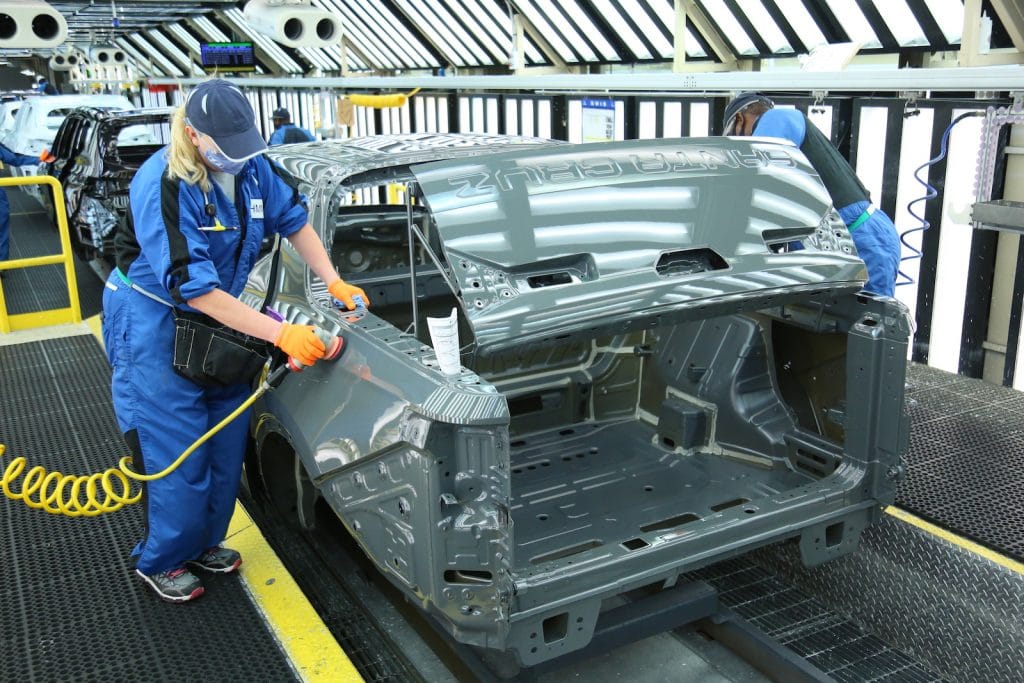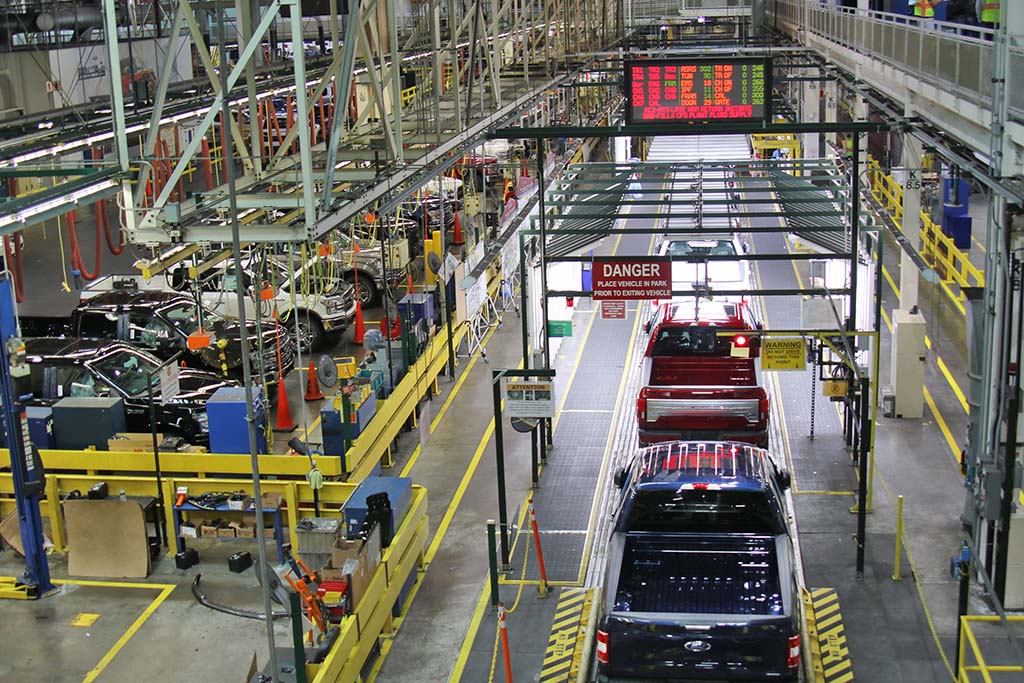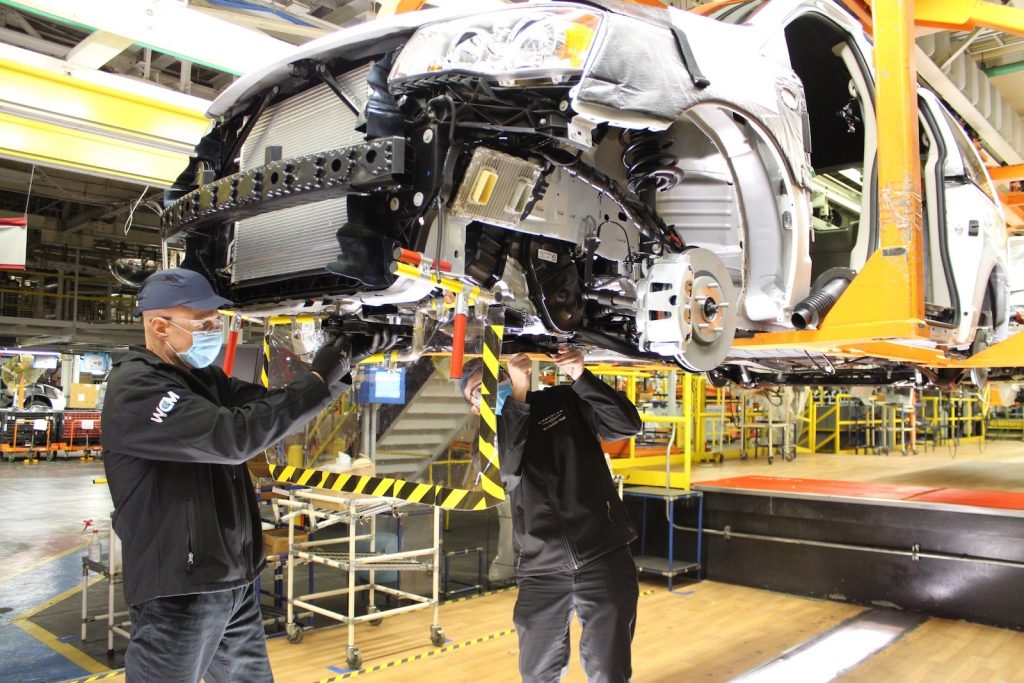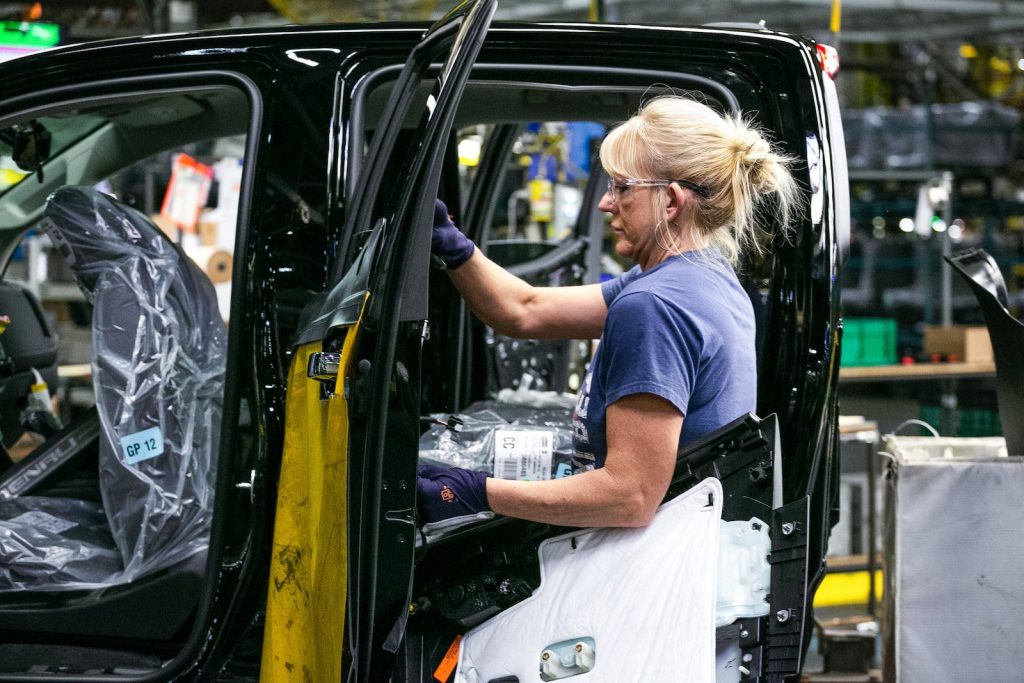The financial impact of the semiconductor shortage continues to grow and now stands at an estimated $210 billion dollars in lost automotive revenues, according to a new study.

That’s nearly twice the $110 billion financial hit initially forecast by AlixPartners in May and reflects the increasing likelihood automakers will continue struggling to find the chips they need through at least the early part of 2022. Industry leaders had been hoping the issue would be resolved by this autumn. The continuing shortages will impact car buyers and carmakers alike, experts warn.
“Of course, everyone had hoped that the chip crisis would have abated more by now, but unfortunate events such as the COVID-19 lockdowns in Malaysia and continued problems elsewhere have exacerbated things,” said Mark Wakefield, the co-leader of the automotive practice at AlixPartners.
The impact thus far
Eight General Motors plants — four in the U.S., three in Mexico and one in Canada — were idled this month for two weeks or more due to a lack of semiconductors. Among Detroit’s automakers, Ford and Stellantis have repeatedly idled plants with the shortage routinely impacting some of their most profitable product lines, including full-size pickups like the Ram 1500.

Last month, as Ford again trimmed back operations at its F-Series lines, Morningstar analyst David Whiston estimated the carmaker will lose about $4.7 billion in revenue for every 100,000 of the trucks it has to cut from its production schedule. On an EBIT basis, the loss, he wrote in an Aug. 13 report, will come in at $937 million. Ford has so far lost well over 100,000 of the trucks.
During an event at Ford’s new Electric Vehicle Center in Dearborn, Michigan last week, Kumar Galhotra, president of its Americas operations, said he expects the chip shortage to continue through sometime next year.
Not just local, but global problem

The crisis isn’t limited to the U.S. In fact, virtually every automaker, from Berlin to Beijing, has been impacted. All told, the new AlixPartners study estimates that the gloabl industry will lose production of about 7.7 million vehicles this year. In May, the consultancy put the figure at 3.9 million. Automakers went into the year expecting to build 84.6 million cars, trucks and crossovers, the figure now falling to an estimated 76.9 million.
That comes as a major setback for an industry that saw a chance to recover from the pandemic-fueled recession of 2020 that saw sales briefly fall to deep recessionary levels that spring. In the early months of 2021, demand for new vehicle in the U.S. actually reached some of their highest levels since the Great Recession. But recent months have seen sales tumble sharply.
Dealer inventories are running barely a third of what is considered normal this time of year, with barely 1 million vehicles on showroom lots, according to J.D. Power and other researchers. Toyota sales chief Bob Carter said earlier this month that there is barely a 10-day supply of some of the brand’s most popular models, like the Tacoma pickup. The industry norm runs north of 60 days.
Prices rise on ALL vehicles

The impact on consumers has been nearly as tough as on the auto industry. The average transaction price — what motorists actually end up paying to drive off the lot — has surged to record levels in recent months, around $42,000, reports Cox Automotive. And that’s if consumers can track down what they want, many popular vehicles being all but impossible to find. As TheDetroitBureau.com recently reported, some motorists are paying $5,000 or more above sticker for the more popular products, like the Kia Telluride, the Ford F-150 and the Chevrolet Corvette.
Used car prices also surged to record levels during the first half of this month, according to tracking service Manheim.
Vehicle shortages date back to the two-month shutdown of North American automotive manufacturing in spring 2020 due to COVID-19 lockdowns. At that time, manufacturers slashed orders for semiconductors, anticipating the downturn in car sales would last through at least the end of last year. Instead, as the market rebounded, manufacturers tried restoring orders for chips. But they found the consumer electronics industry gobbled up those supplies. Now, automakers are stuck at the back of the line.
While there has been some improvement, the semiconductor industry isn’t expected to be able to meet automotive demand for months to come.
As bad as the chip crisis might be, “Chips are just one of a multitude of extraordinary disruptions the industry is facing,” said AlixPartners’ Wakefield, “including everything from resin and steel shortages to labor shortages. There’s no room for error for automakers and suppliers right now; they need to calculate every alternative and make sure they’re undertaking only the best options.”
As a result, automotive factories could be operating in fits and starts, the consultancy warned, for some time to come.

